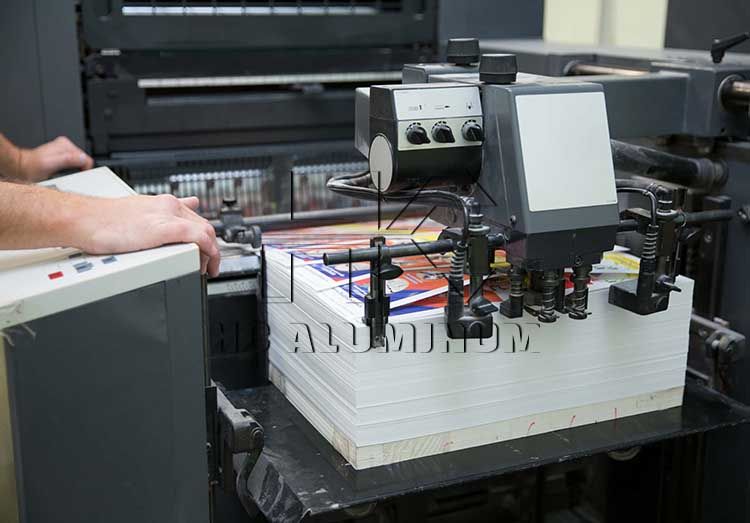What Is Computer to Plate Market
Computer-to-plate is an efficient and environmentally friendly digital prepress platemaking technology. It not only saves a lot of materials and exposure and washing equipment required for offset PS plate, but also reduces the number of image transfers and improves the image restoration rate.
The CTP plate industry is the material basis of printing activities. Therefore, the development of the entire printing industry has a direct driving effect on the demand for printing plates. The development of the printing industry in the fields of commercial printing, newspaper printing, packaging printing and book printing, as well as the introduction of CTP technology, have an important impact on the sales of CTP plates.

Judging from the development trajectory of the printing plate industry in recent years, PS plates will gradually withdraw from the market in the next few years, and UV-CTP plates and thermal CTP plates will become the mainstream of the plate industry in the future.
At present, the domestically produced CTP plates include almost all types, including thermal plates, photosensitive plates, UV plates, inkjet plates, and various types of free-processing plates. Among them, thermal CTP plates account for about 60-70% of the total production, UV-CTP plates account for about 25%, and photosensitive and other CTP plates account for less than 10%.
CTP thermal plate is the most widely used CTP plates at present. It uses thermal imaging technology to make plates and is very sensitive to the heat energy of the laser, so it can achieve high-precision image and text transfer. Thermal CTP plates are suitable for high-quality commercial printing and publication printing, such as high-end magazines, albums, brochures, etc. Because thermal plates have good adaptability to ambient temperature and humidity and do not require preheating, they are widely favored by printing companies.
Waterless offset printing has a small dot gain value and can print high-resolution printed products. If combined with FM screening technology, it can print incomparable high-end and exquisite printed products. When using waterless offset printing, generally 5 sheets of paper are consumed for formal printing, with low paper consumption and high production efficiency. As an advanced printing technology, waterless offset printing may replace traditional water-based offset printing.














